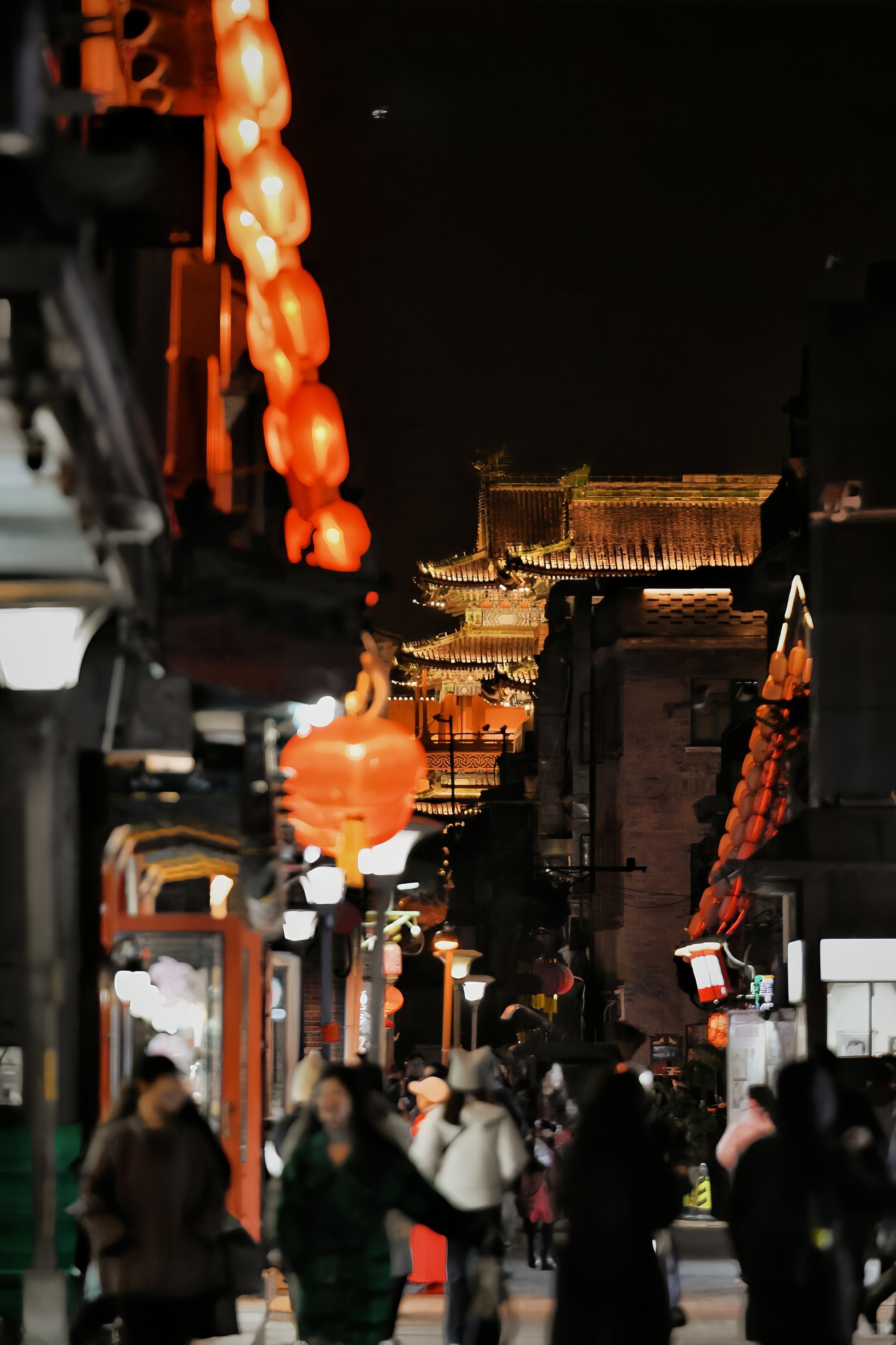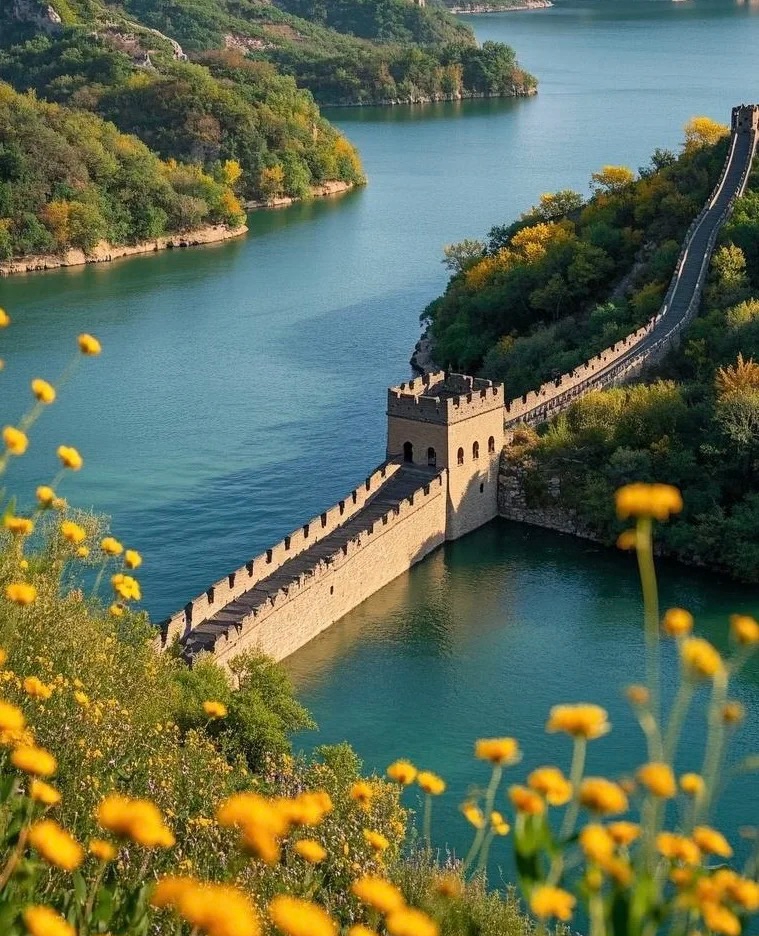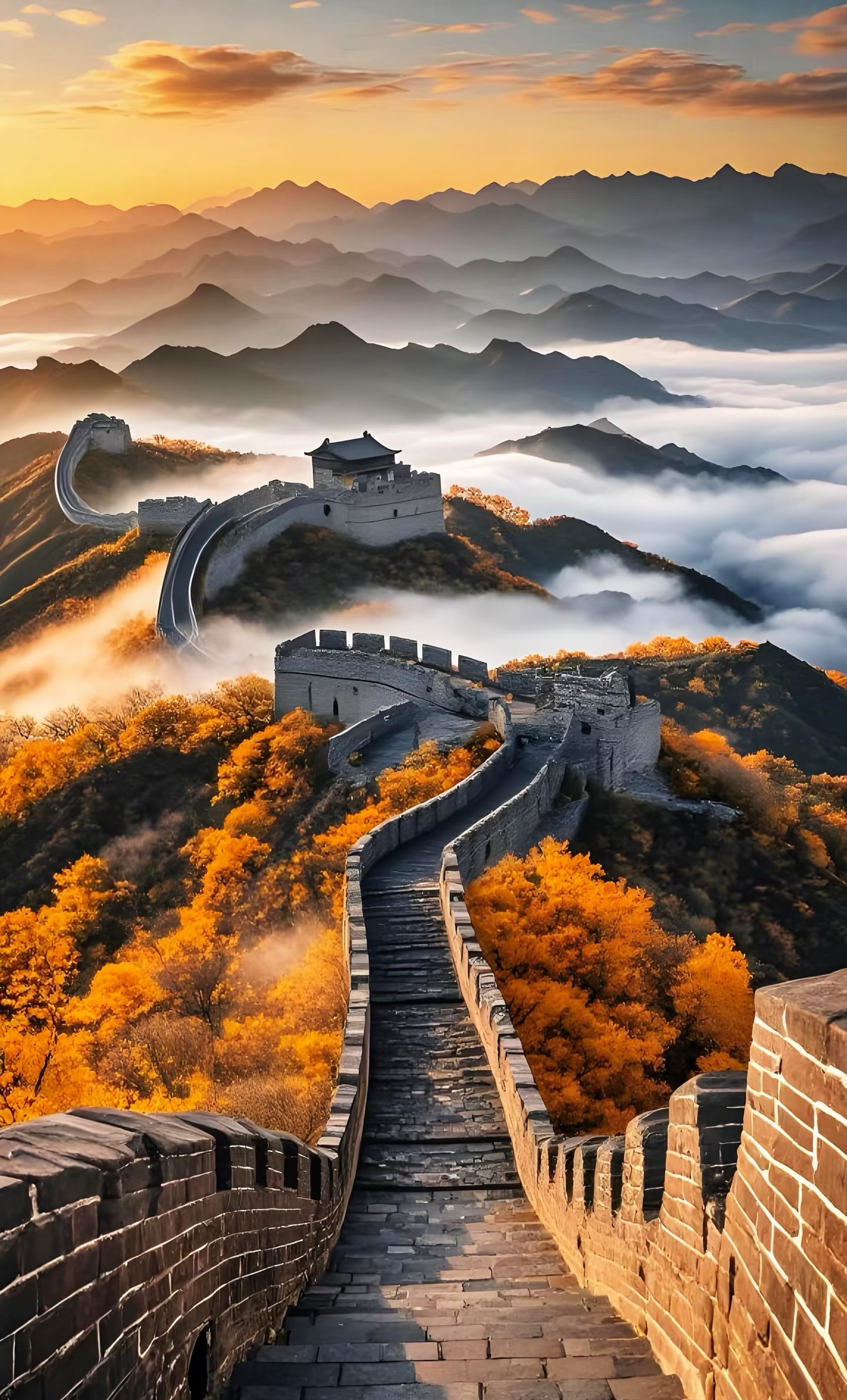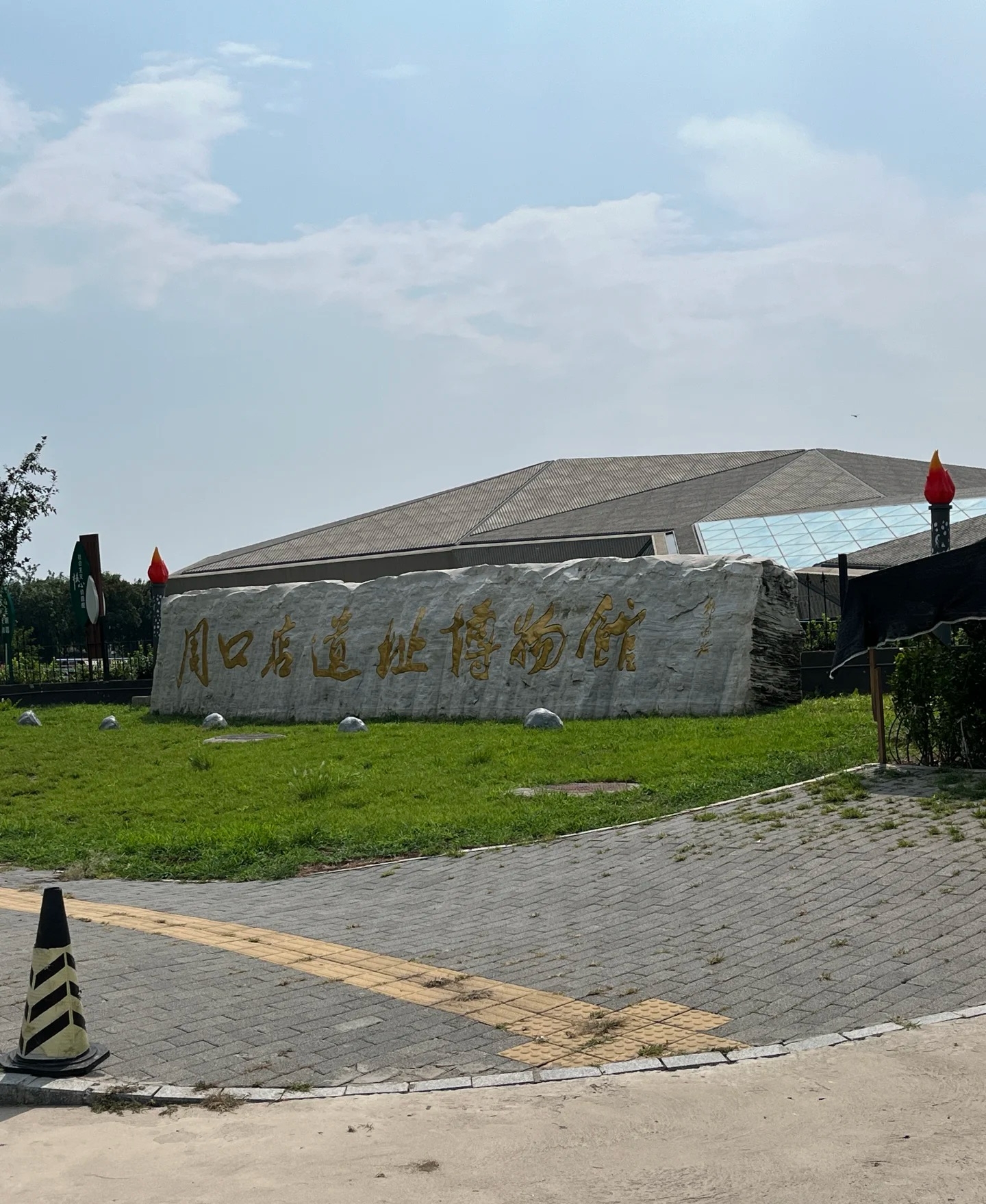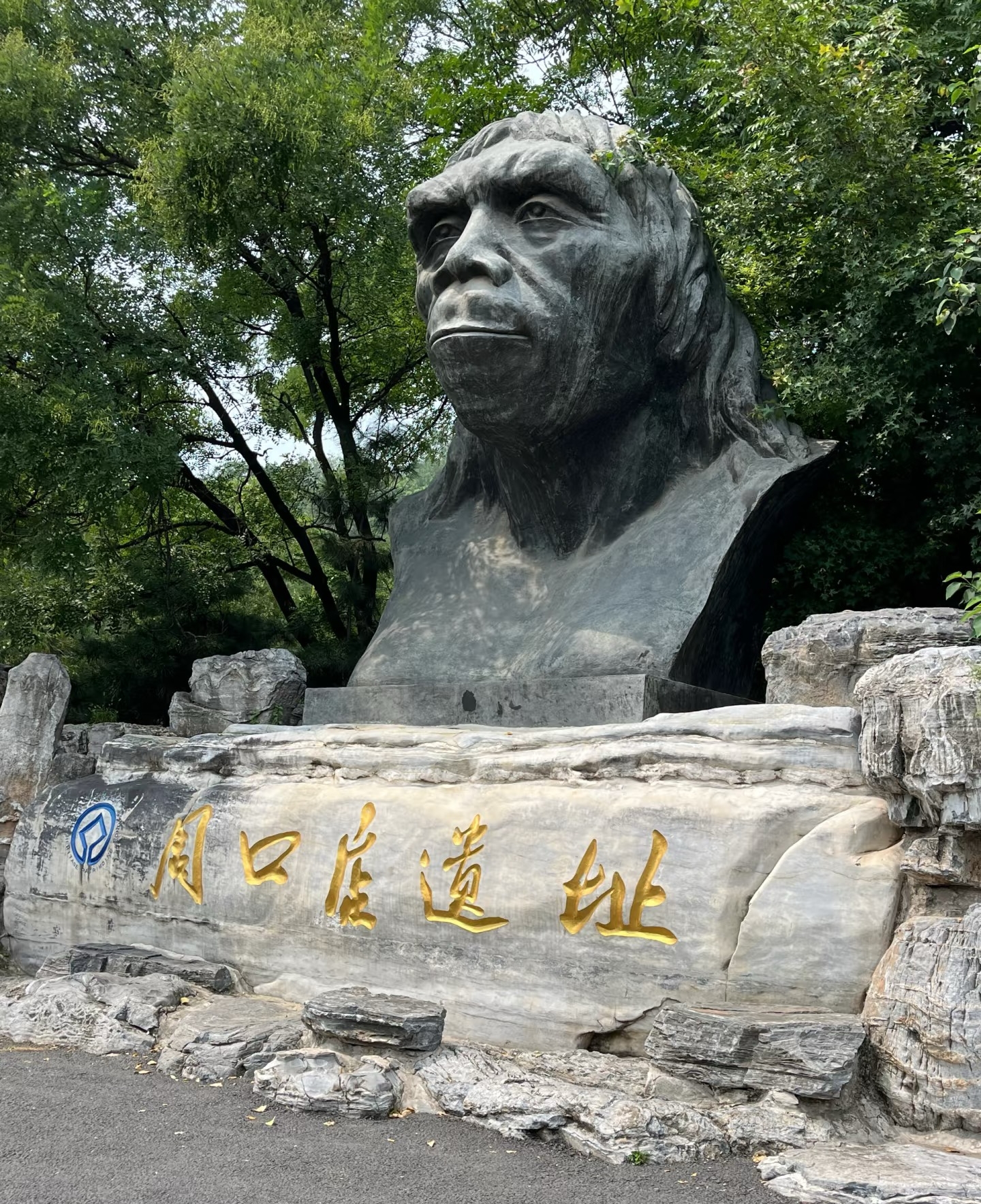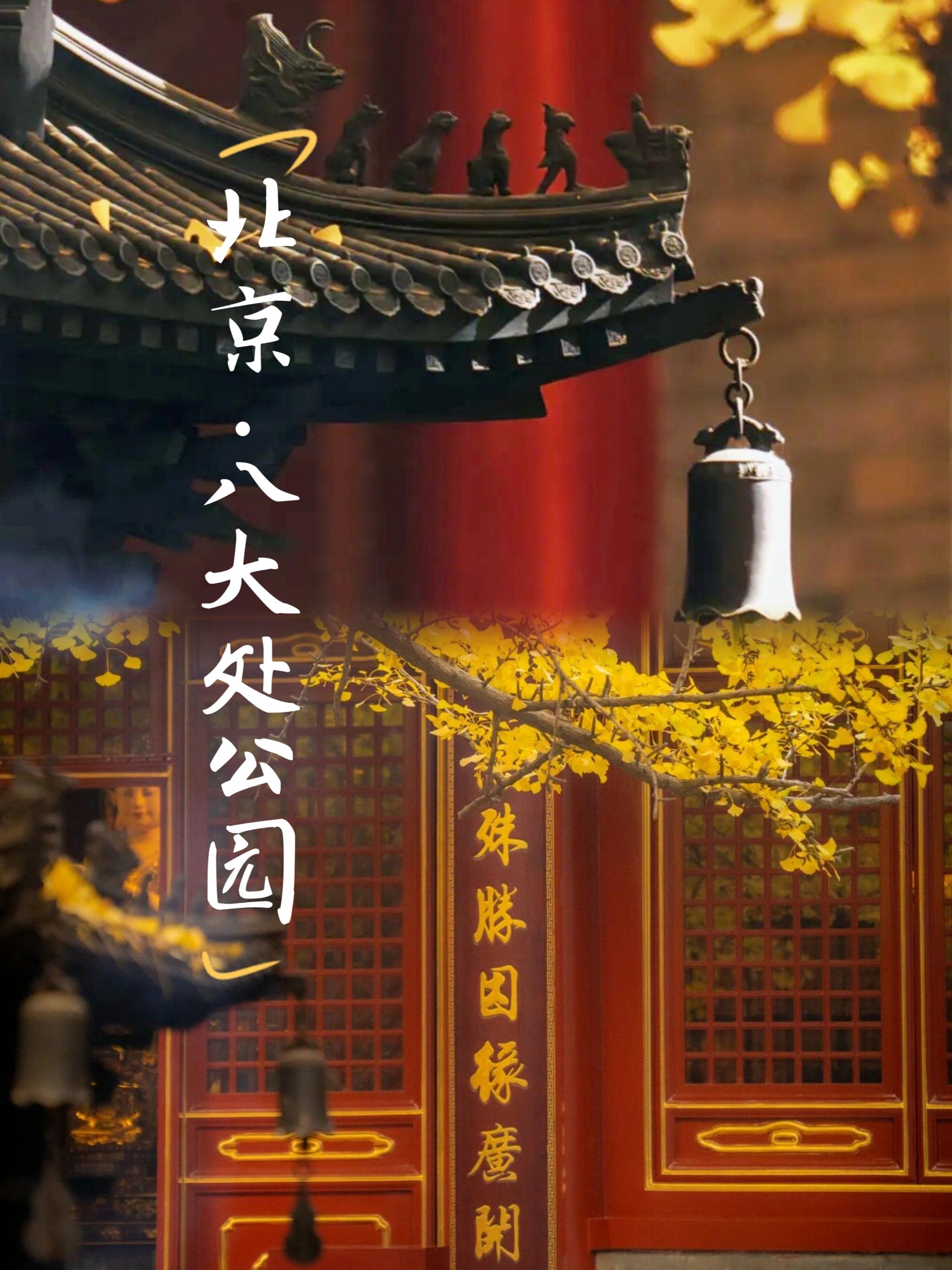

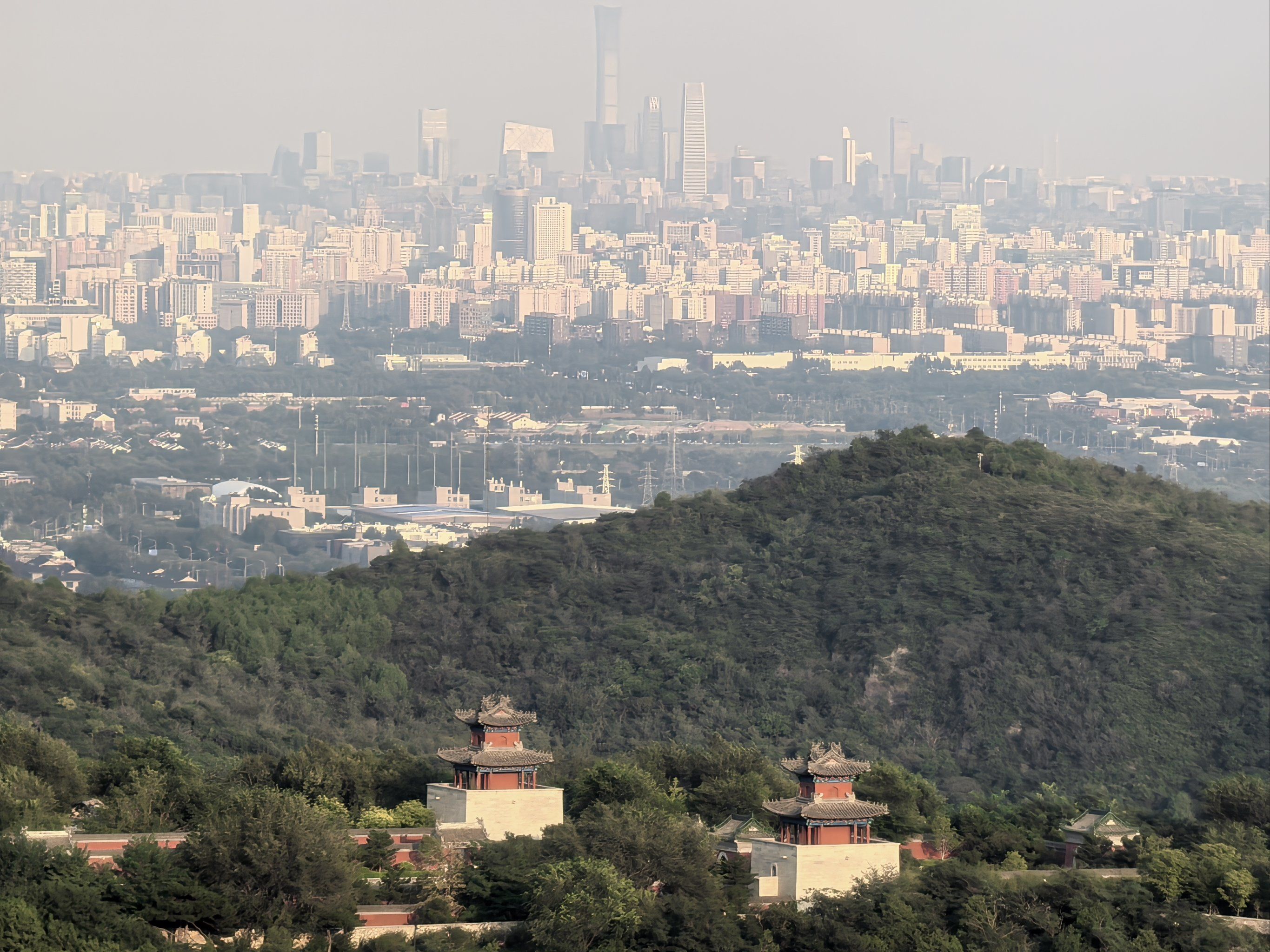
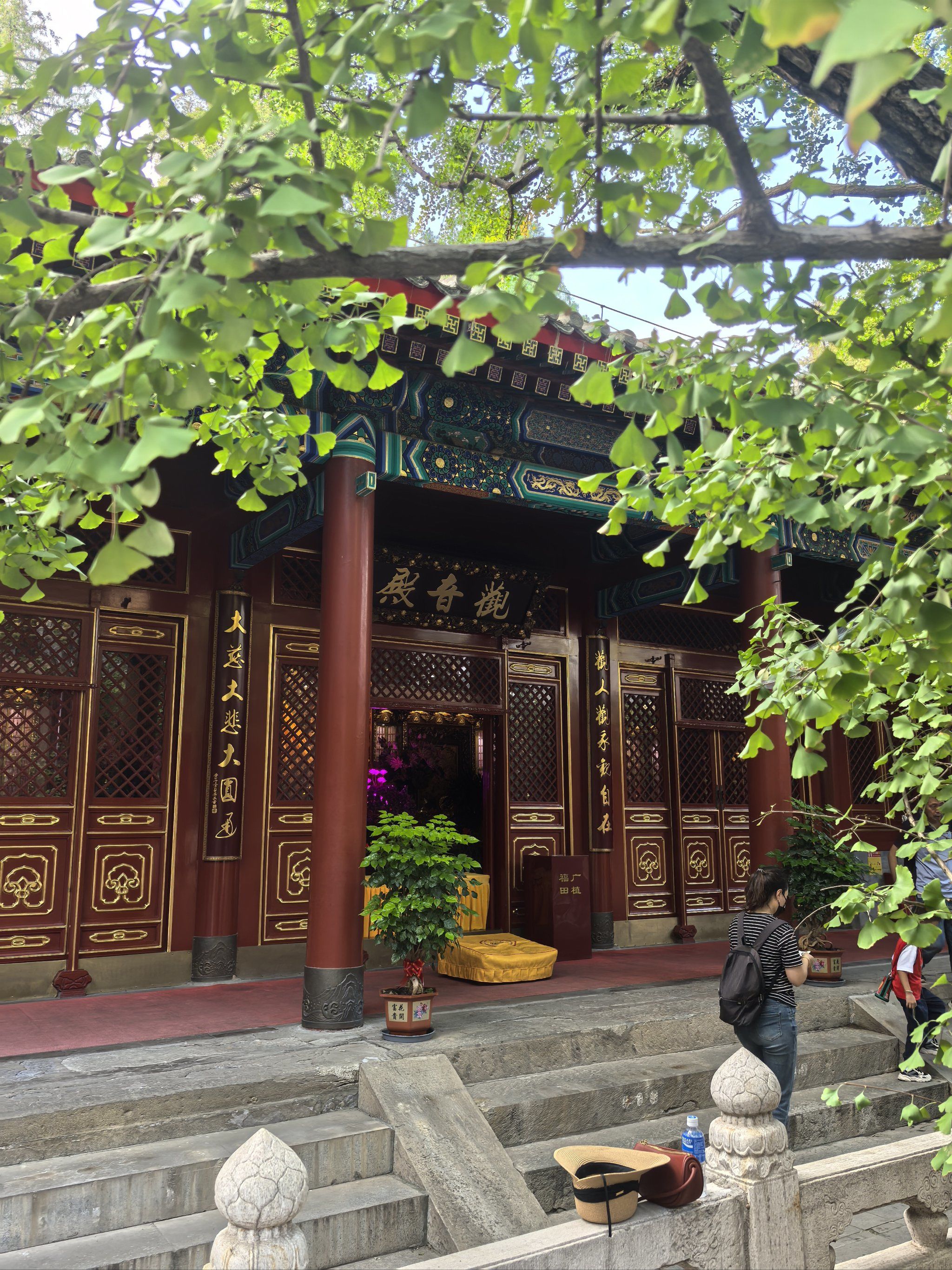
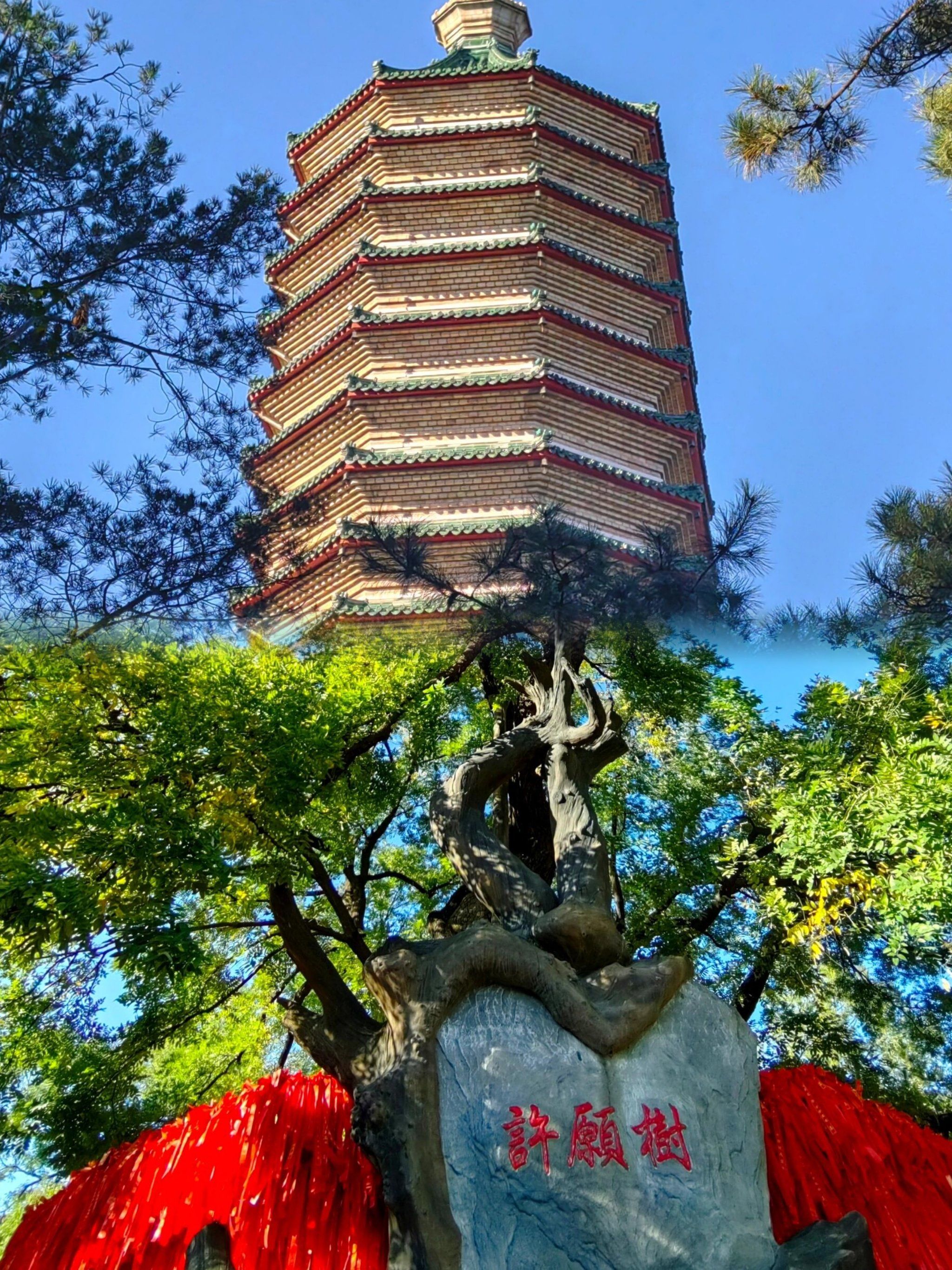
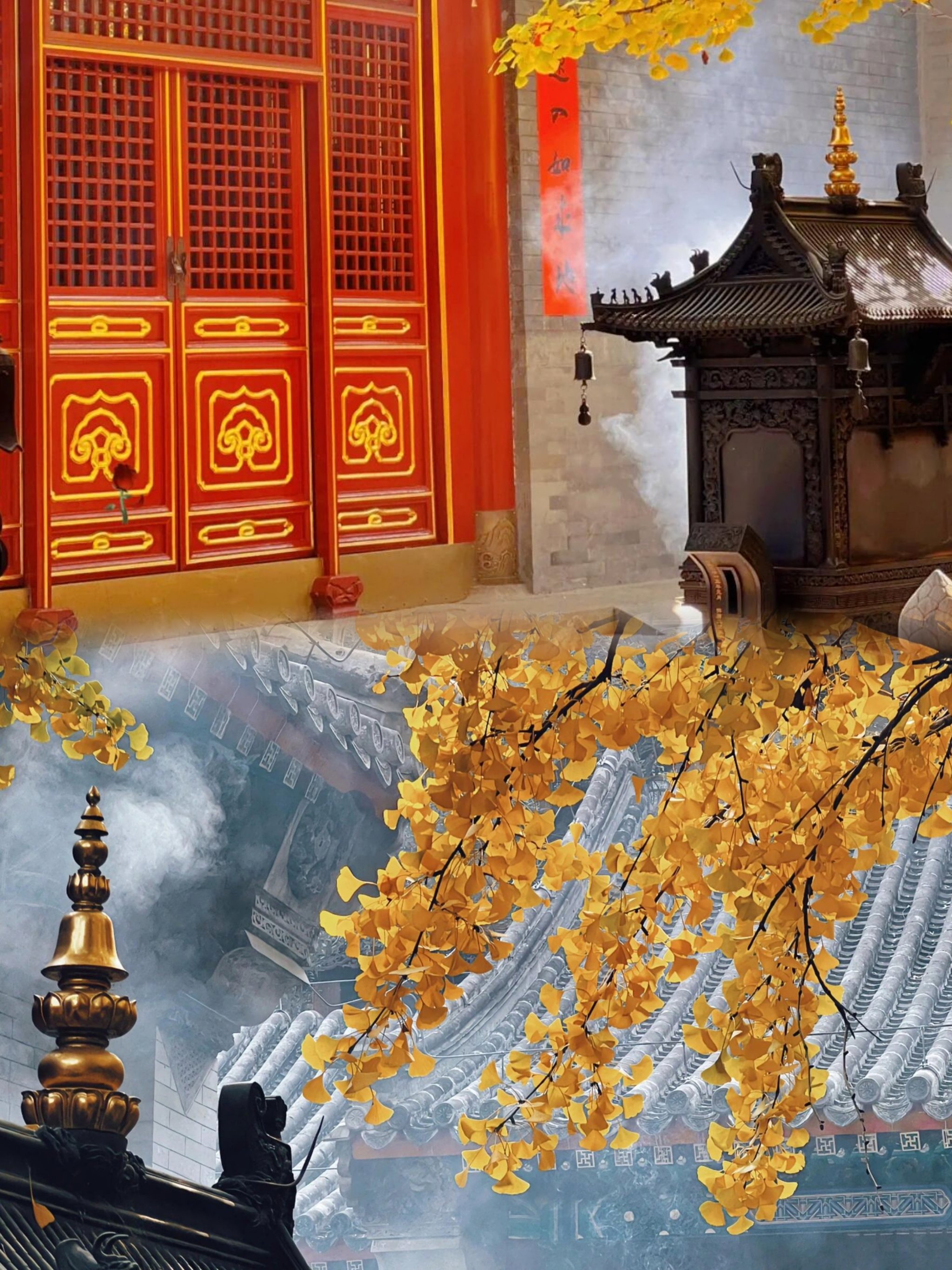
Badachu Park
Badachu Park is a scenic area in Beijing, known for its ancient temples and beautiful natural scenery.
Information
Ticket price
Time
Location
3 Badachu Rd, Shijingshan District, Beijing, China
View maps
More about the trip
Badachu Park: A Serene Escape in Beijing's Western Hills
Badachu Park, also known as the Eight Great Sites Park, is a tranquil and scenic area nestled in the Western Hills of Beijing. It is famous for its eight ancient Buddhist temples and nunneries, which are scattered across the lush mountainside. The park offers a peaceful retreat from the bustling city, combining natural beauty with rich historical and religious significance.
What to See and Do
Explore the Eight Temples: The park's main attractions are its eight ancient temples, each with its own unique history and architectural style. These include Chang'an Temple (Temple of Eternal Peace), Lingguang Temple (Temple of Divine Light), Sanshan Nunnery (Nunnery of Three Hills), and Xiangjie Temple (Temple of Incense World). Lingguang Temple is particularly notable for housing a tooth relic of the Buddha.
Cable Car and Chairlift: For those who prefer a less strenuous climb, a cable car and chairlift system can take you up the mountain, offering panoramic views of the park and the surrounding landscape. You can choose to walk down or take the chairlift back.
Natural Scenery: The park is characterized by its dense forests, clear springs, and picturesque rock formations. In autumn, the hillsides are ablaze with vibrant red and golden foliage, making it a popular spot for leaf-peeping.
Historical Relics: Beyond the temples, you'll find various historical relics, including ancient pagodas, stone carvings, and memorial steles, adding to the park's cultural depth.
Best Time to Visit
Autumn (late October to early November) is the most popular time due to the stunning fall foliage. Spring is also pleasant with blooming flowers. Weekdays are less crowded than weekends.
How to Get There
Take Metro Line 1 to Pingguoyuan Station (Exit A) and then transfer to Bus 311 or 972 directly to Badachu Park. Alternatively, you can take a taxi directly to the park entrance.
Travel Tips
Wear comfortable shoes: Even if you plan to use the cable car, there's still a fair amount of walking involved to explore the temples.
Allow ample time: To visit all eight temples and enjoy the scenery, plan for at least half a day or a full day.
Respect the religious sites: Dress modestly and be mindful of local customs when visiting the temples.

